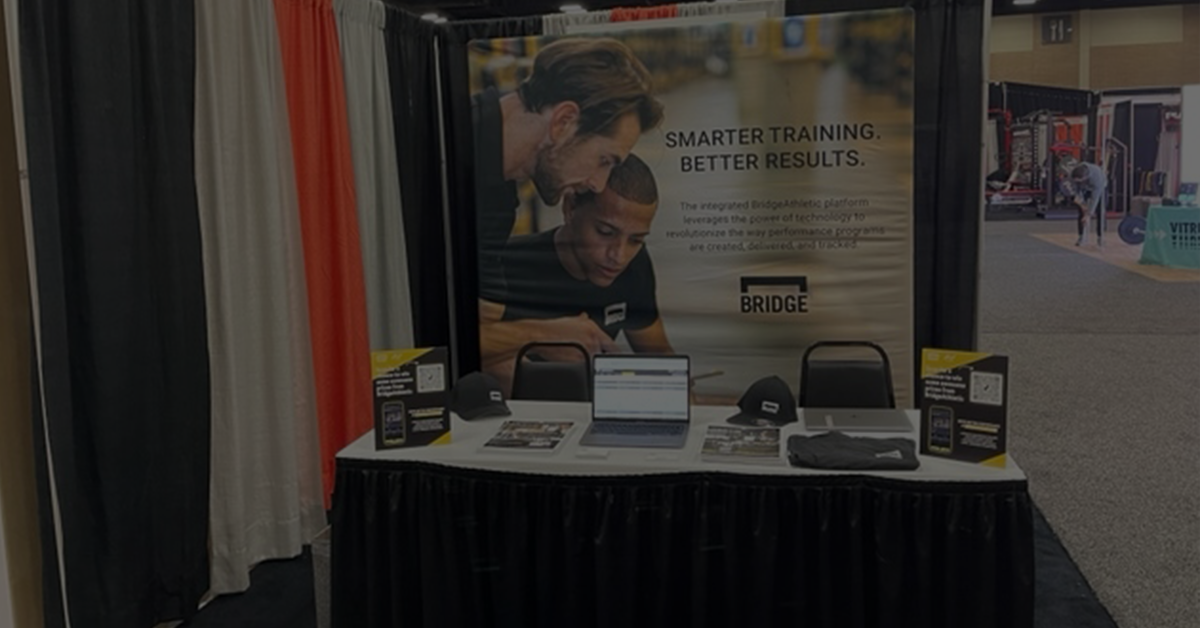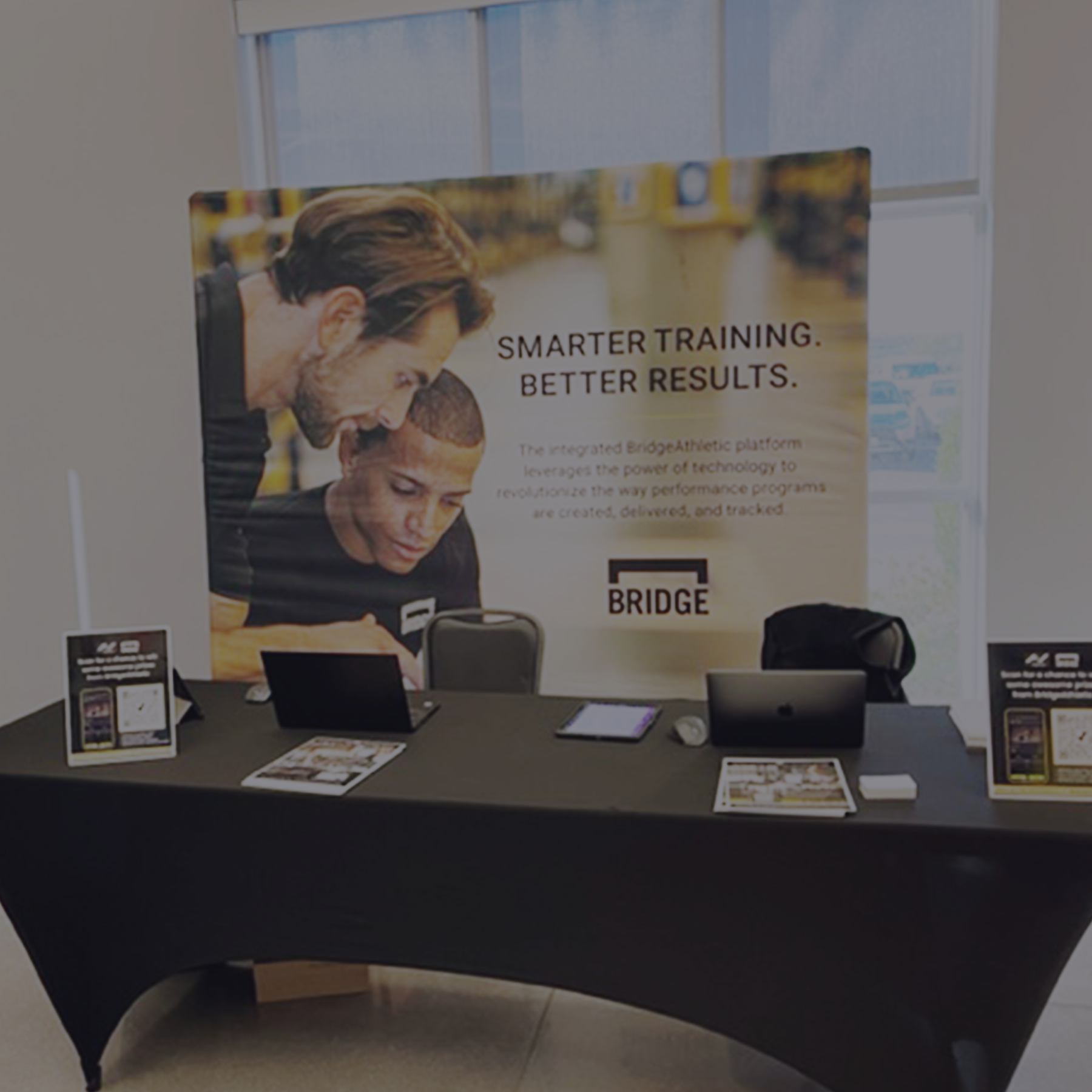Where Is The Female-Focused Strength & Conditioning Research?
Equal Training Needs Equal Research
-6.png?width=600&name=Untitled%20design%20(2)-6.png)
Since launching the PowerUp in January, our team has found a serious lack of research focused on female athlete development, injury and performance.
With few resources available, training protocols are less informed, leaving many with little confidence in their strength and conditioning plans and injury-mitigation preparedness.
The Latest Research
Plyometric training can improve jump performance in females under 18 years old. This is the first study to evaluate the effects of plyometric training (PT) on female youth.
There is little research focused on how different training protocols impact female youth as they mature.
Thus, these researchers sought out to evaluate the existing literature and consider how future research can become more inclusive and informative.
Plyometric interventions considered in this study were said to include any of the following movements:
lower-body unilateral and bilateral bounds, jumps, and hops that use a pre-stretch or countermovement that incites usage of the stretch-shortening cycle.
Unfortunately, these findings aren’t so straight forward.
Each of the 14 studies considered contained some variety of strength training protocols. Meaning, while plyometrics were a part of the interventions, they might not be solely to thank for improved performance.
That said, researchers did find that the younger females ( <15 years) experienced the most gains. This makes sense given the average max. growth period for a girl is between 11-13, which not only points to the value in introducing training protocols at a younger age, but also highlights the need for a stronger understanding of how female athletes adapt during maturity.
Maturation status is a key indicator of training levels in young males. Though, given the lack of literature on girls’ maturation, little is currently cited in supporting the appropriate protocols for training young females.
A Bit of Insight
Female-focused researchers site a variety of reasons for the disparity between male and female related research. To name a few:
1. Men's sports have a significantly larger budget (historically) for such research
2. Men have historically been the majority of researchers within this space
3. There are far more male participants that meet training age standards than there are women
4. Logistical reasons have been made, citing: "It can be more expensive to study female athletes since women exhibit greater physiological variability due to fluctuating hormones. These chemical messengers have wide-reaching effects on temperature regulation, macronutrient metabolism, hydration, and central nervous system fatigue, in addition to the menstrual cycle."
The good news? Researchers are actively working to change things. Much like the findings from the recent study above, some researchers are feeling compelled to act.
Audrey Bergouignan, a physiology researcher at the University of Colorado at Denver and the French National Center for Scientific Research recently studied an all-women trek to the North Pole to understand how the female body adapts to extreme environments.
It's not just athletes who are affected, a lack of female-focused research spans across the medical field, too. For example, women and men experience widely different heart attack symptoms. While doctors recognize crushing chest pain as a red flag in men, women tend to have more diffuse and vague symptoms that resemble the flu.
Brain injuries are another key area harmed by this disparity. Exec Director and Founder of PINK Concussions claims:
“When a woman judges her symptoms and recovery by the male experience, she may doubt herself when she’s not better by the time she and her doctor think she should be.”
Looking Forward
We need more interdisciplinary research to best define appropriate protocols, injury prevention methods, performance metrics, and development markers. While it may be more challenging to test girls and women, researchers much prioritize this group to justify truly equal and valued findings that can impact the health and growth of both male and female athletes, far beyond the playing field.
Stay updated on the latest in interdisciplinary research from our monthly newsletter, the PowerUp, delivered to your inbox once a month.
About the Author

At Bridge, we are all athletes and coaches first. As athletes, our team has experienced everything from riding the pine on JV, to winning NCAA championships, to competing in the Olympic Games. As coaches, we have helped countless athletes reach their full potential, winning everything from age group section championships to Olympic Gold Medals.
Related Posts
.png)
BridgeAthletic Partners with the...
BridgeAthletic, the industry’s leading high-performance training software for strength coaches and...

2022 NSCA Coaches Conference
The BridgeAthletic team attended the 2022 NSCA Coaches Conference in San Antonio, Texas January 6-8...

2021 Fusion Sport Conference
The BridgeAthletic team attended the 2021 Fusion Sport Summit - North America at the UFC...

-6.png)
